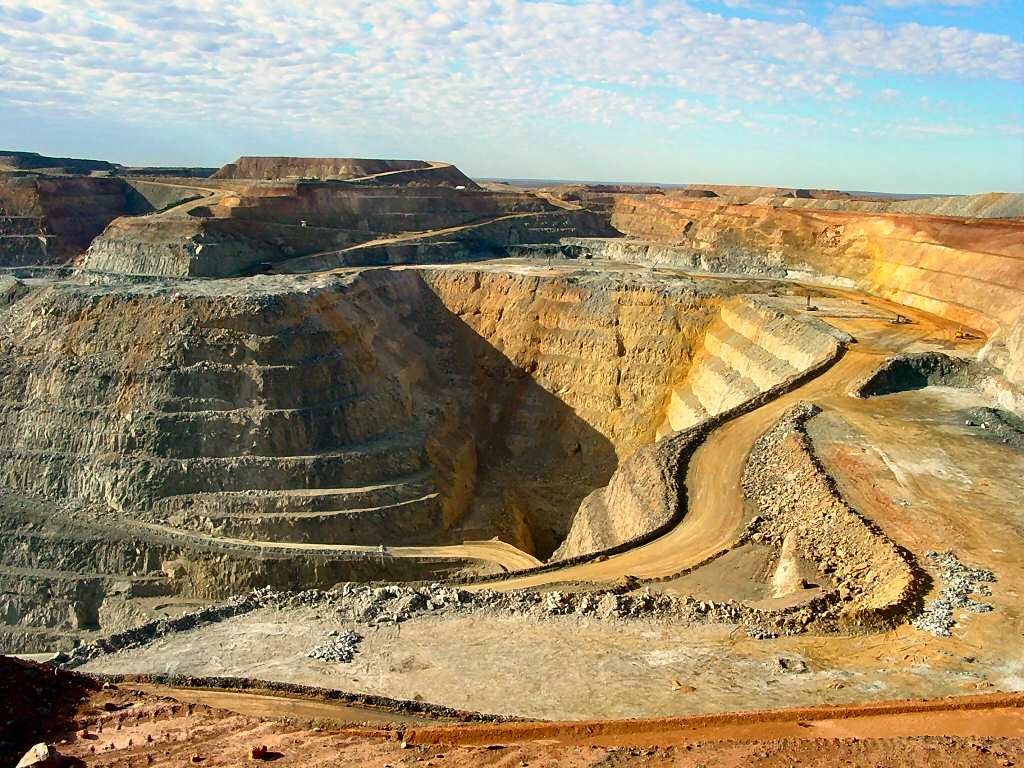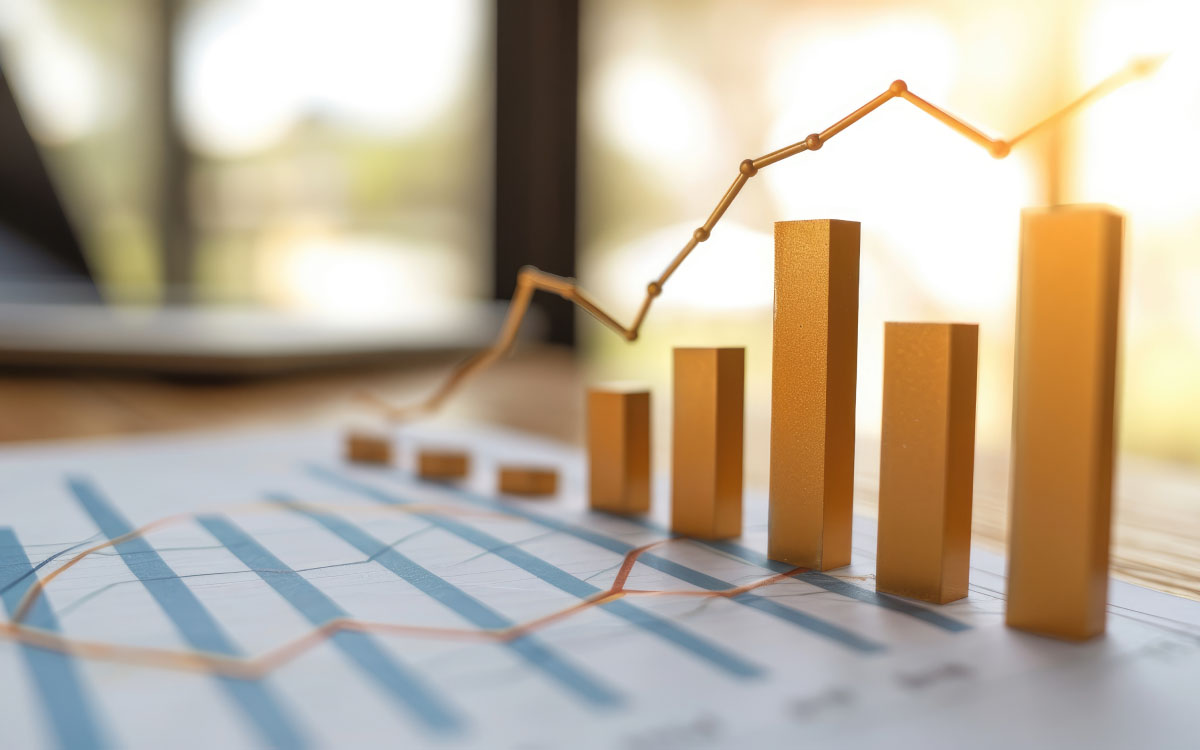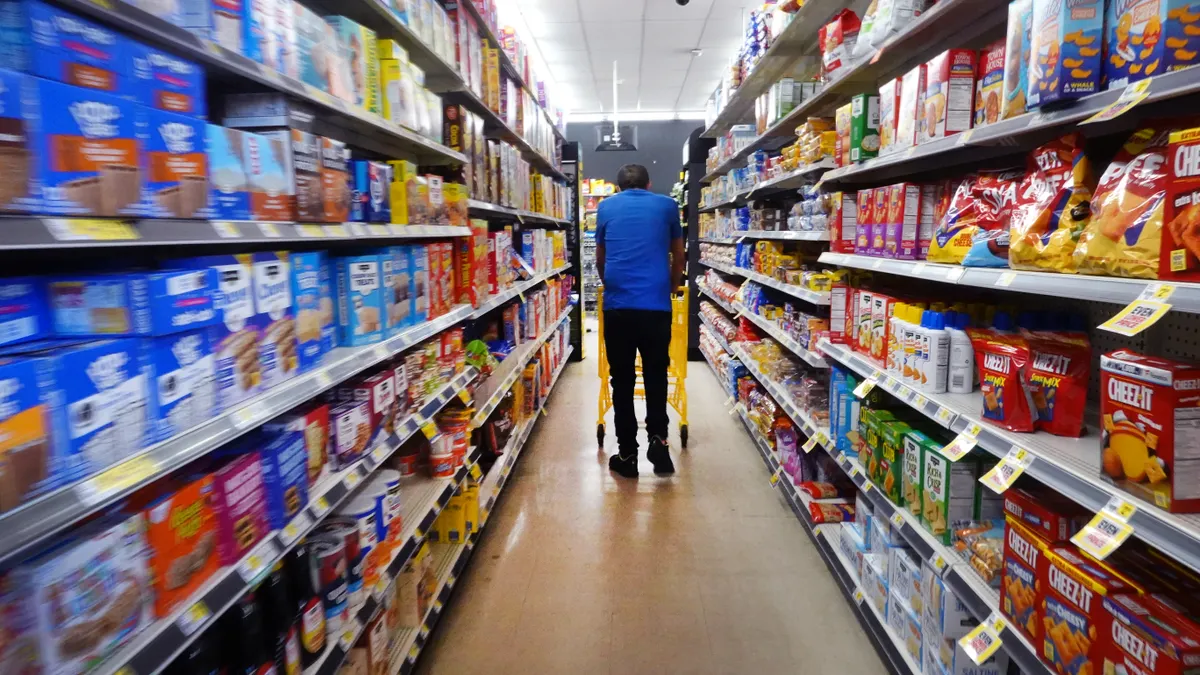Rare earth elements (REEs) have quietly become the backbone of our 21st-century economy. They’re in your smartphone, your electric vehicle, your wind turbine—and increasingly, in every military radar and quantum computer. Yet beneath the glitter of high-tech innovation lies a brittle truth: REE markets are volatile, opaque, and geopolitically fraught. Explore how quantum-enhanced AI could revolutionize global trade in (REEs) through predictive modeling, pricing simulations, and logistics optimization.
In 2025, as supply chains strain under climate transitions, trade fragmentation, and digital acceleration, a new kind of intelligence is emerging to help untangle the web: quantum-enhanced artificial intelligence (QAI).
By fusing quantum computing with machine learning, QAI is being explored to model global REE pricing trends, simulate logistics disruptions, and predict geopolitical risk—all in real time. This is more than just data science. It’s the birth of entangled economies—where algorithms not only reflect market behavior, but help pre-shape it.
In this blog, we’ll explore how QAI could revolutionize REE trade—from commodity pricing to predictive supply chain security—and close with strategic reflections from Mattias Knutsson, a procurement and development leader focused on resilience and responsibility.
Why REEs Trade Is So Complex—and So Critical
The Elements Driving Tomorrow
REEs like neodymium, lanthanum, and dysprosium are essential for:
- EV magnets and batteries
- Laser and missile guidance systems
- Semiconductors, 5G antennas, and quantum processors
Global REE demand is expected to rise over 500% by 2040, driven by the green energy transition, electronics, and military modernization.
Fragile and Unequal Supply Chains
- China controls ~69% of global REE mining and ~87% of processing.
- More than 80% of global REEs are traded with no spot price transparency.
- Export controls and border tensions regularly disrupt flow.
These characteristics make REEs the perfect testbed for quantum AI’s ability to manage uncertainty, interdependence, and volatility.
Quantum AI 101: What Makes It Unique
Quantum AI refers to machine learning algorithms either enhanced by or run on quantum computers. Unlike classical models, QAI can:
- Simulate multivariate systems like market prices, demand, and policy shocks simultaneously
- Explore a vast number of possible supply-demand scenarios in parallel
- Detect non-linear, emergent patterns that escape standard AI tools
When applied to commodity trade, QAI can become a real-time risk radar and a strategic pricing oracle.
Use Case 1: Predictive Pricing Models for REEs
Current Challenge:
Traditional pricing models are based on futures markets, industrial demand projections, and historical cycles—but REEs often lack transparent pricing, and are vulnerable to geopolitical manipulation.
Quantum-Enhanced Solution:
- QAI algorithms can simulate trade behaviors under hundreds of parallel economic scenarios.
- They model commodity futures in entangled decision spaces, factoring in tech disruptions, new mine openings, and diplomatic shifts.
Example:
Zapata AI has developed a hybrid quantum-classical system capable of predicting rare commodity price shocks with 15–20% improved accuracy over conventional AI. In test environments, they modeled the effects of a hypothetical Chinese export restriction and forecasted ripple price surges within 36 hours of real-world dynamics.
Use Case 2: REE Trade Volatility and Market Stress Testing
The Problem:
REE markets experience swings based on rumors, not fundamentals. A diplomatic tweet can spike neodymium futures. Traditional economic stress tests are backward-looking.
Quantum-Driven Risk Models:
Quantum-enhanced simulations can analyze thousands of interdependencies:
- Trade policy changes
- Military activity in key regions
- Stockpile shifts in the U.S., EU, and China
By modeling multivariable responses, QAI systems allow decision-makers to “test” geopolitical or supply shocks before they happen.
Real-World Parallel:
Financial institutions like HSBC and JPMorgan are piloting quantum risk engines to model currency and energy volatility—REE applications are next.
Use Case 3: Optimizing Logistics and Cross-Border Trade Routes
Logistical Vulnerability:
REEs trade transport often involves complex multimodal routes—mines in Africa, processing in China, end-use in Europe or Japan. Ports, tariffs, and unrest all create choke points.
How QAI Helps:
- Simulate disruptions to port operations or customs regimes
- Dynamically reroute cargo based on real-time trade flow predictions
- Recommend alternative sourcing to maintain continuity of supply
Example:
A QAI logistics model deployed in a trade simulation by Q-CTRL and the World Economic Forum rerouted 60% of REE cargo through alternate corridors after simulating a regional blockade in Southeast Asia—preserving downstream manufacturing without delay.
Circularity and Environmental Impact Forecasting
QAI can also:
- Forecast secondary REE availability from recycling
- Model the carbon intensity of different trade scenarios
- Score suppliers based on environmental and logistics resilience
This helps governments and corporations align with ESG goals while maintaining operational flow.
Mattias Knutsson on Entangled Economies
Mattias Knutsson, a strategic leader in sustainable procurement and global supply development, sees QAI as a vital part of future-ready trade:
“Quantum-enhanced forecasting doesn’t just prepare us—it gives us leverage. Supply chains are no longer passive—they must become proactive, predictive, and values-driven.”
His key strategies:
- Embed QAI in procurement platforms to predict risks and costs
- Use AI to pre-negotiate flexibility in supplier agreements
- Apply quantum models to regionalize trade, not over-centralize it
Knutsson warns that the opportunity comes with responsibility:
“Tech supremacy should never mean supply oppression. Entangled economies must reflect a deeper interdependence—between environment, equity, and intelligence.”
Conclusion:
Quantum-enhanced AI isn’t just about faster predictions—it’s about new dimensions of economic foresight. In rare earth trade, where uncertainty reigns, that foresight becomes priceless.
By uniting the predictive power of AI with the parallel-processing magic of quantum physics, businesses and governments can build supply chains that are not only resilient, but visionary.
As Mattias Knutsson reminds us, the point of predictive intelligence isn’t just to survive volatility—it’s to lead through it. And in a world where REEs trade power both progress and politics, such leadership may define the next era of trade.





